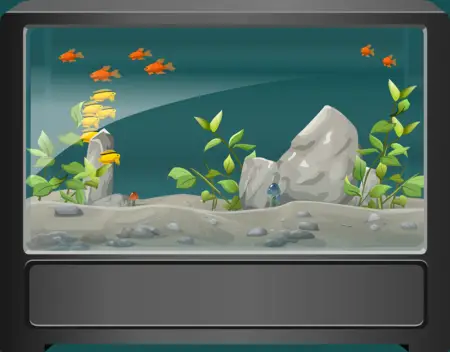
The conventional or rather universally agreed-upon method of reducing nitrates is water change. In this blog alone, I recommend performing 10% to 15% water change biweekly to flush out extra nitrates.
Then, why is this method not effective over time? Are you not doing something right? And if that is not the case, what is?
I agree that sometimes the level of nitrates won’t go down simply by performing regular water changes. We end up destroying the balanced cycle by upping the frequency of these changes or replacing high percentages of water.
Yes, even the 50% to 90% water changes recommended by some online authorities only aggravate the situation. If this is not working, what will? What should you reduce nitrate levels in the water?
I have heeded the calls and cries of many aquarists in forums and other spaces alike. I decided to write a simple guide that may help you in the long run. Before going further, though, it is crucial to shed some light on why this happens to the best and worst fishkeepers.
Why water changes don’t reduce nitrates levels
My research on the particular cause of this situation has not yielded concrete results. I have found a few explanations from experienced fishkeepers in forums and those in my circle.
Most of them agreed that the leading cause of the ineffectiveness of water changes is the accumulation of organic matter in mechanical filters that compound nitrates level.
From a logical point of view, it makes a lot of sense. The water in your tank will most definitely pass through your filter; if it is dirty, all your hard work is for naught. The concentration in nitrates will remain the same.
One can also say this of substrates that are not correctly vacuumed during water changes. The debris and everything dumped in that substrate will only add more nitrates to your water.
The other floated theory of unreduced nitrates is overstocking. Keeping too many fish than the system in your aquarium can handle is like adding fuel to a growing fire. Especially where the aquarium is overstocked, and maintenance of it is inferior at best. It may be one of the reasons why you can’t seem to bring the nitrates down regardless of whatever you do.
Whether this applies to you or not is of no consequence. What matters is that the nitrates levels in your are high, and you have to lower the level.
What should you do?
Tips on lowering nitrates level in aquariums
The most effective way, as mentioned above, is frequent low percentage water changes. We have also established that this method alone may not always work. However, adding a few things to your combo will make a significant difference.
Listed below are a few known tricks that, when compounded together, will leave you less frustrated about your nitrate levels.
Mechanical Filter Maintenance
The cleaning filter system is the most obvious stuff in aquarium maintenance. Ironically, most people either ignore this or do a crappy job of cleaning it.
You should dismantle your filter every 3 to 4 months and do some routine cleaning. The mechanical filters should be scrubbed clean and all the dirt/ debris taken out.
Your biological media is a touchy matter and should thus be lightly rinsed to avoid scraping off the beneficial bacteria present.
There are two things that people mess with, resulting in horrible and detrimental consequences:
- Aquarist using soap to clean filters. Soap is a big NO or X…whatever works! The chemicals in soap will destroy the balance in your aquarium water and restart the whole process altogether.
- Aquarists using tap water to clean filters. Tap water is treated with chemicals that may kill beneficial bacteria in the filtration system. It is better to use the water you take out of the aquarium during water changes.
You should strive to take out the organic matter in the mechanical filters to avoid accumulation and subsequent release of more nitrates.
Encouraging colonies of anaerobic bacteria
Bare bottom lovers will probably not like this, but it is very effective for you. Encouraging the growth of anaerobic bacteria that break down nitrates to release harmless gas will lighten your load for you.
Anaerobic bacteria only work in low oxygenated environments. An excellently layered (and clean) substrate is the perfect habitat for such bacteria. The substrate should be at least 1.5 inches to 2.0 inches deep.
During maintenance routines, be careful not to disturb or expose the deep layers of your substrate. If a layer of anaerobic is already established, you will kill them off by exposing them to unideal environments.
Most aquarists, especially freshwater fishkeepers, have misconceptions about the existence of anaerobic bacteria in tanks. Do not fret; all is well! It will benefit your more if they are present than if they are not.
Aquatic plants
Aquatic plants are known to break down nitrates in water. If you don’t have a well-established number of plants in your tank, it is time you consider them.
It would be best if you chose plants that will enrich your tank in aesthetic value and ecological balance. You won’t have to do a lot of water changes with such plants around.
Final Thoughts
One of the most common problems with aquariums is high nitrate levels. Nitrates are created by fish or plants and can be toxic to your aquatic pets, turning them into little more than a floating bag of waste. Unfortunately, sometimes the level of nitrates won’t go down simply by performing regular water changes.
Performing more water changes aggravates the situation because it creates even more ammonia, reducing oxygen in the tank, making things worse for your fish/plants! Use the suggestions above and tell us the results.